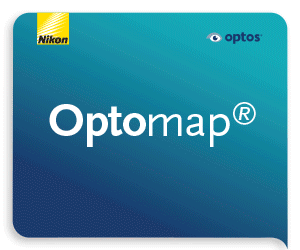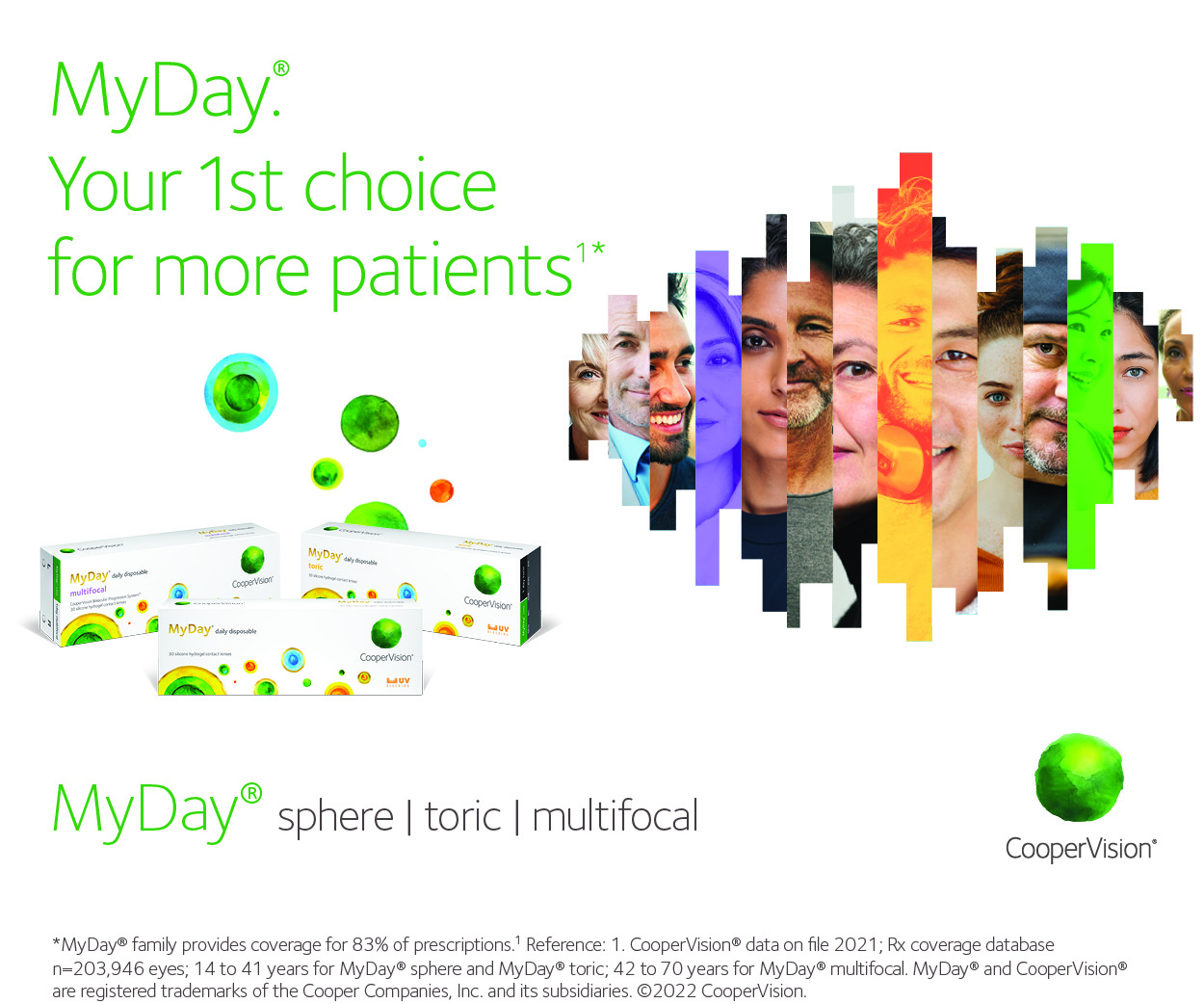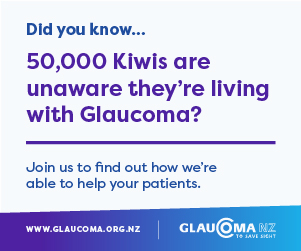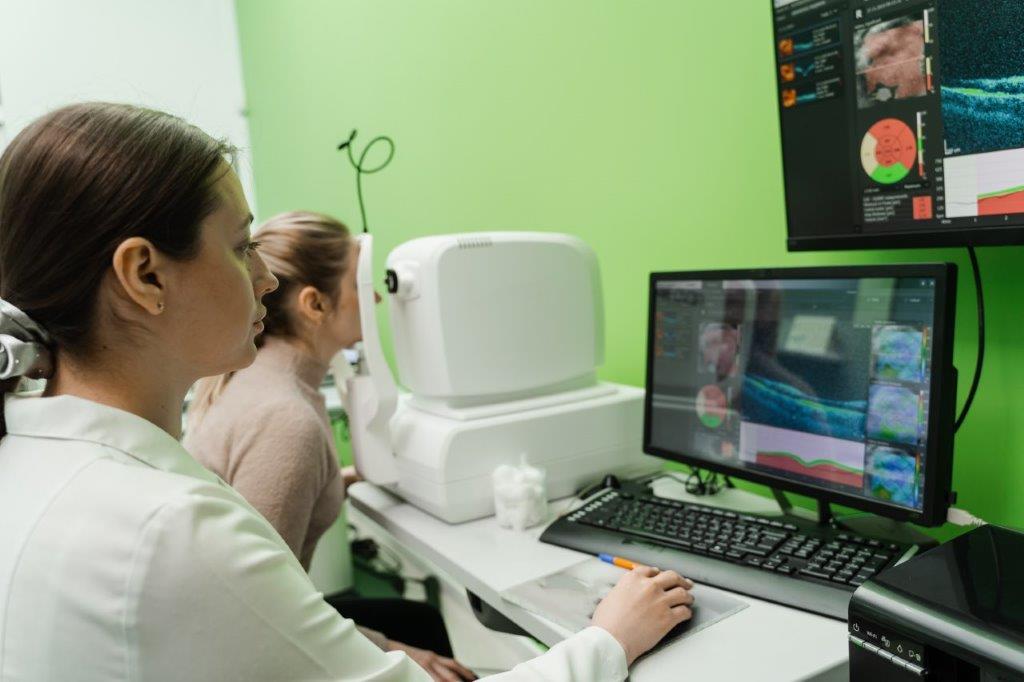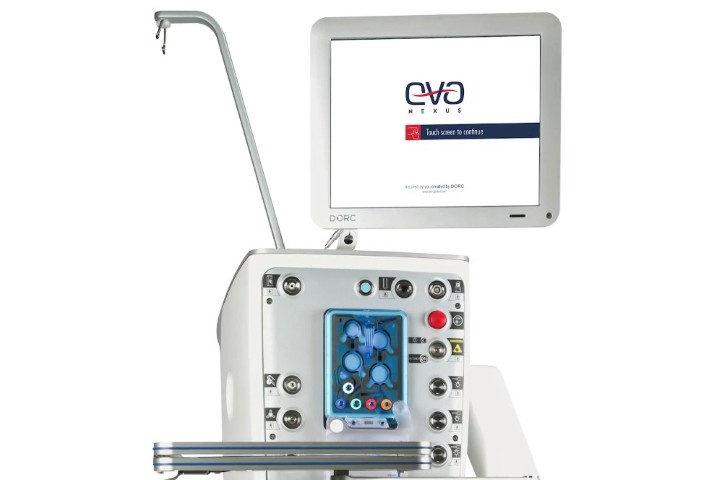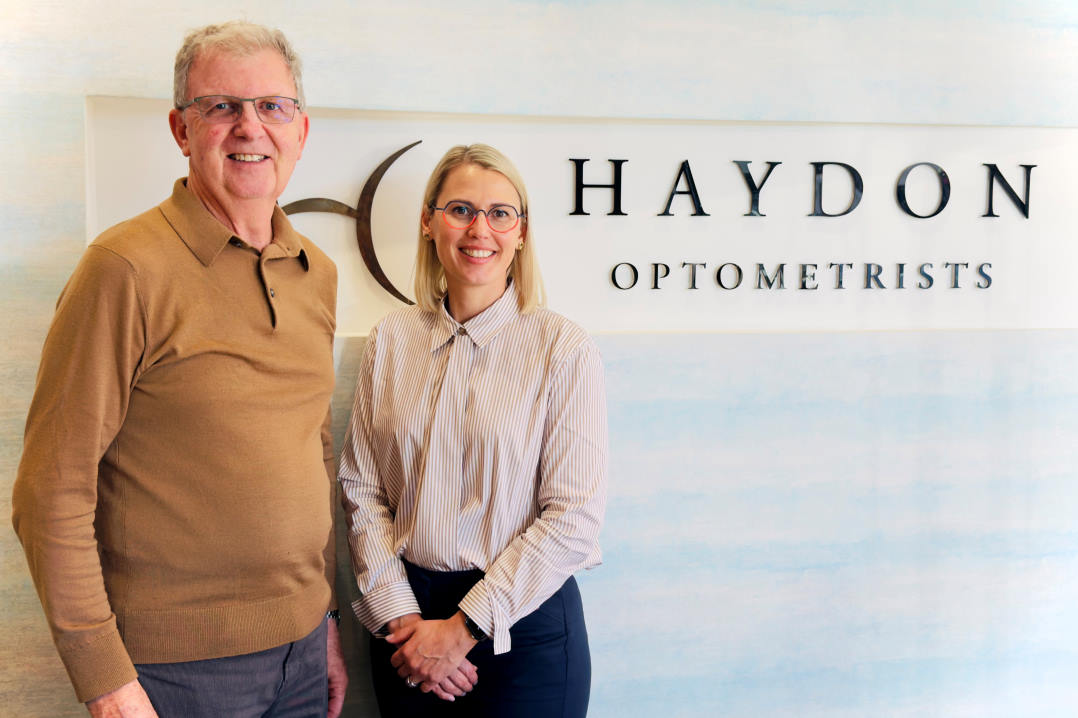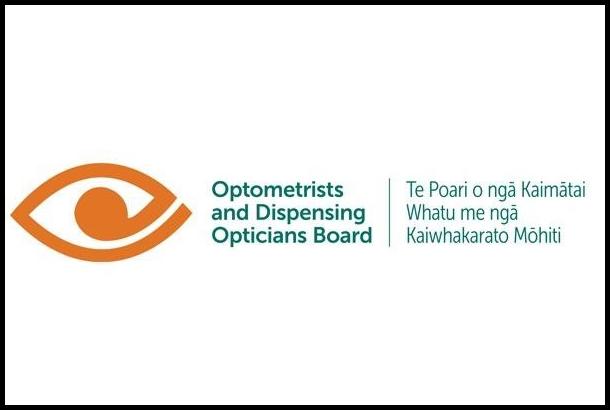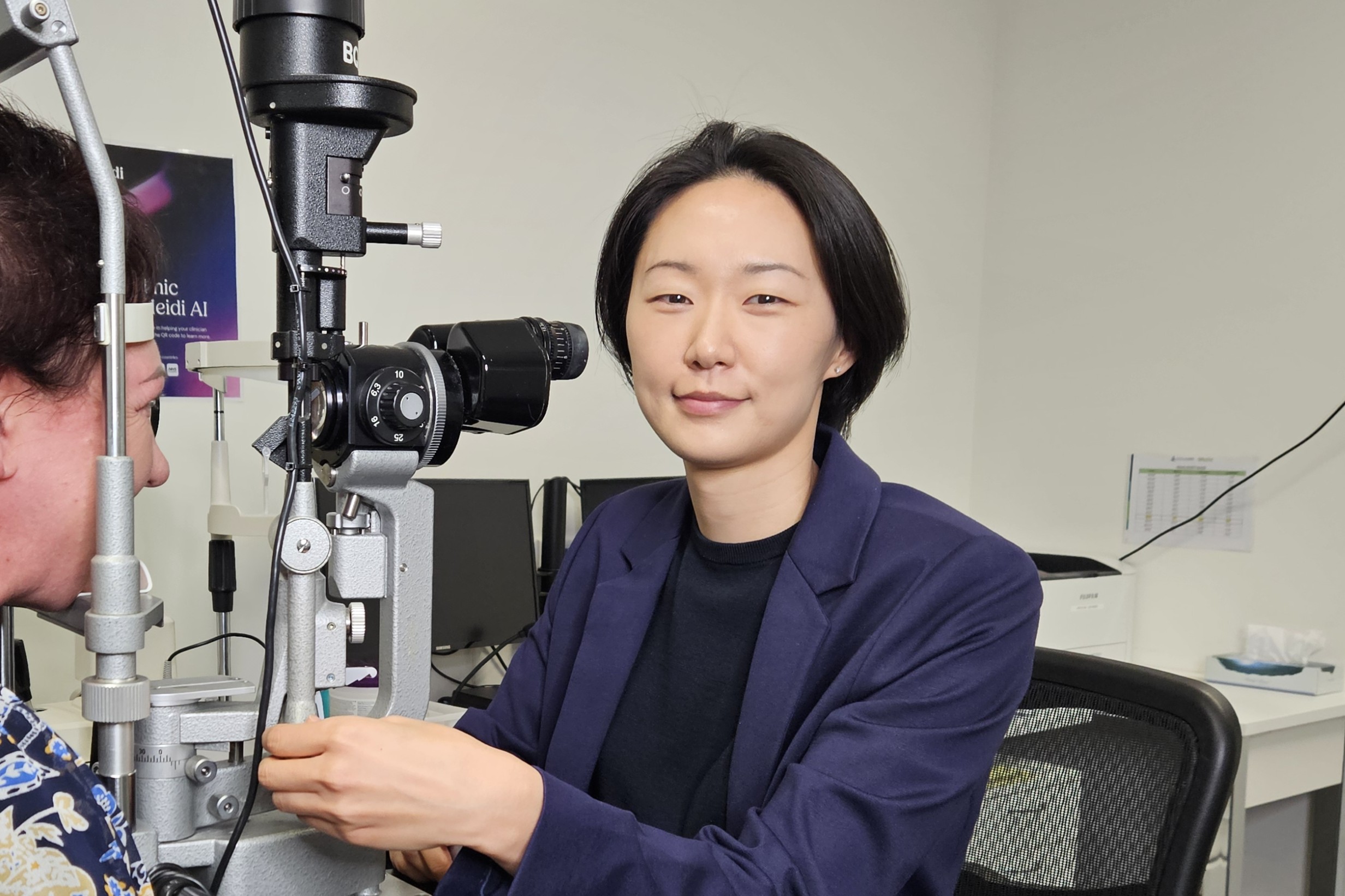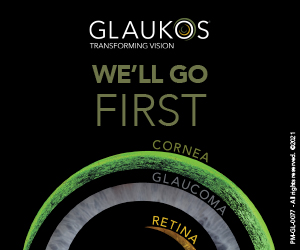Optoms using OCT flag more glaucoma
A large Centre for Eye Research Australia (CERA) study, published in the Journal of Glaucoma, found optometry clinics using OCT as part of their regular eye tests were 34% more likely to refer patients for a specialist glaucoma assessment.
Having examined the records of almost 994,000 patients who visited 195 Specsavers practices in 2019, study authors found 1.1% were referred to an ophthalmologist for glaucoma assessment, with practices incorporating OCT more likely to refer patients than those that did not (1.1% and 0.8% of patients, respectively). Feedback from ophthalmologists receiving 318 of those referred patients showed 129 (41%) were diagnosed with glaucoma, 121 (38%) were considered to be glaucoma suspects and 68 (21%) showed no signs of glaucoma.
Since more than two-thirds of patients referred (68%) had normal intraocular pressure (IOP) in both eyes, they might have been missed, had IOP been the only basis for referral, said researchers.
Conventional approaches to glaucoma detection in optometry were formulated before the widespread availability of OCT, said CERA’s honorary principal investigator for health services research Peter Larsen. “This study shows that routine adoption by optometrists could ultimately lead to earlier treatment and better visual outcomes.”




